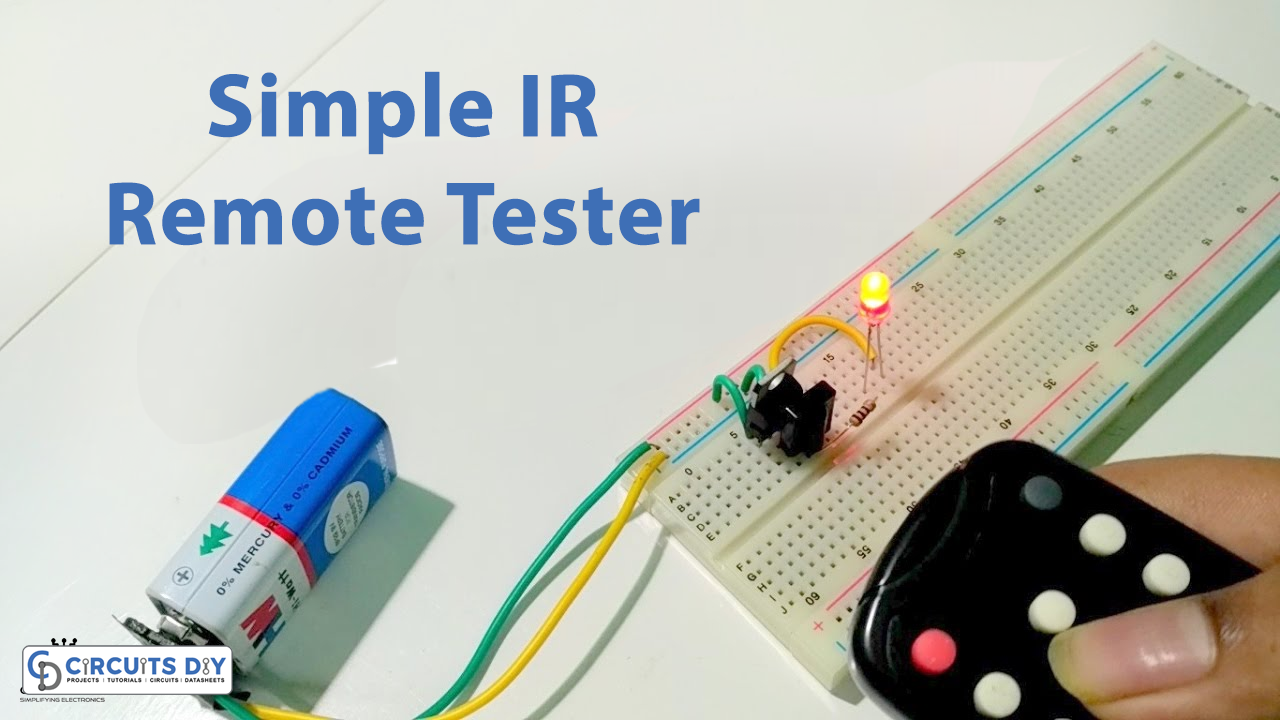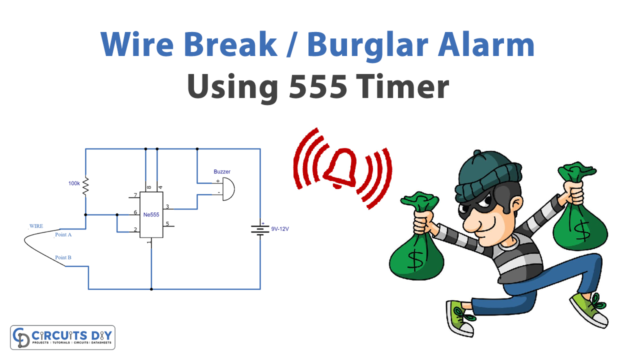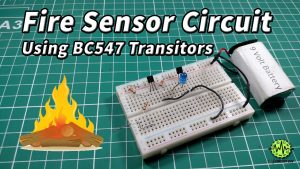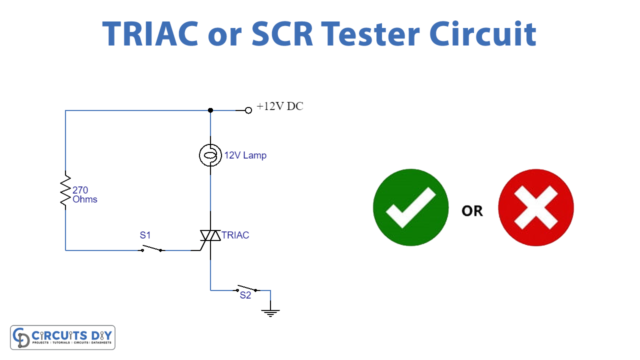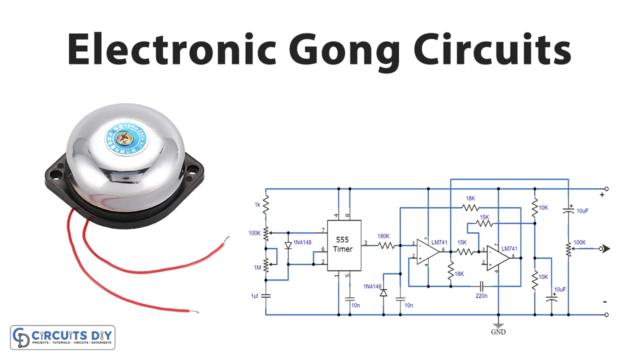In this DIY, we are making a “Simple Remote Tester”. This “simple remote tester” can be a useful instrument to check whether a remote is working or not. It utilizes the easily accessible IR sensor which is TSOP1738. The IR sensor has a “PIN photodiode” and a FET signal speaker encased in an “Epoxy case”.
The circuit is straightforward and utilizes just three segments. The primary segment of the circuit is a TSOP1738 IR sensor. Here we are going to build an IR Remote tester circuit utilizing the TSOP1738 IR Receiver sensor circuit. This TSOP1738 sensor can detect a 38Khz “Frequency signal” and can identify any “IR signal”.
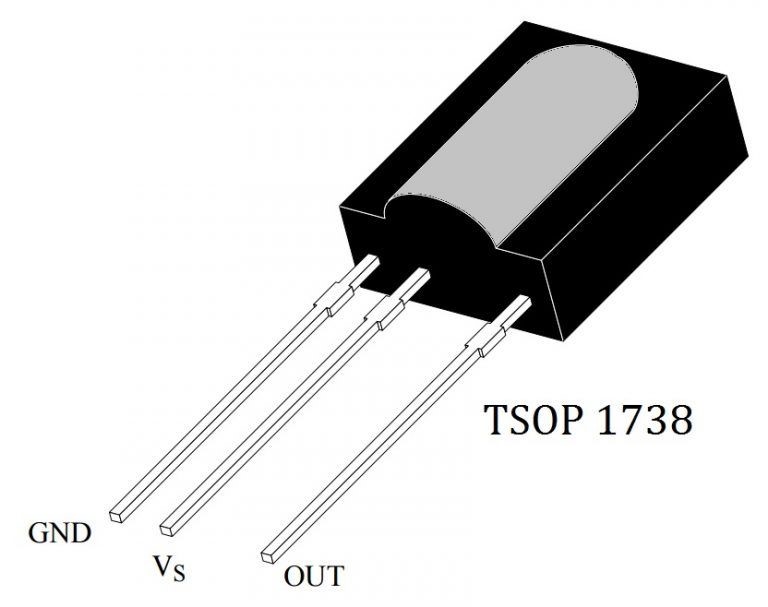
Hardware Component
The following components are required to make the Remote Tester Circuit
TSOP1738 Pinout

For a detailed description of pinout, dimension features, and specifications download the datasheet of TSOP1738
Remote Tester Circuit
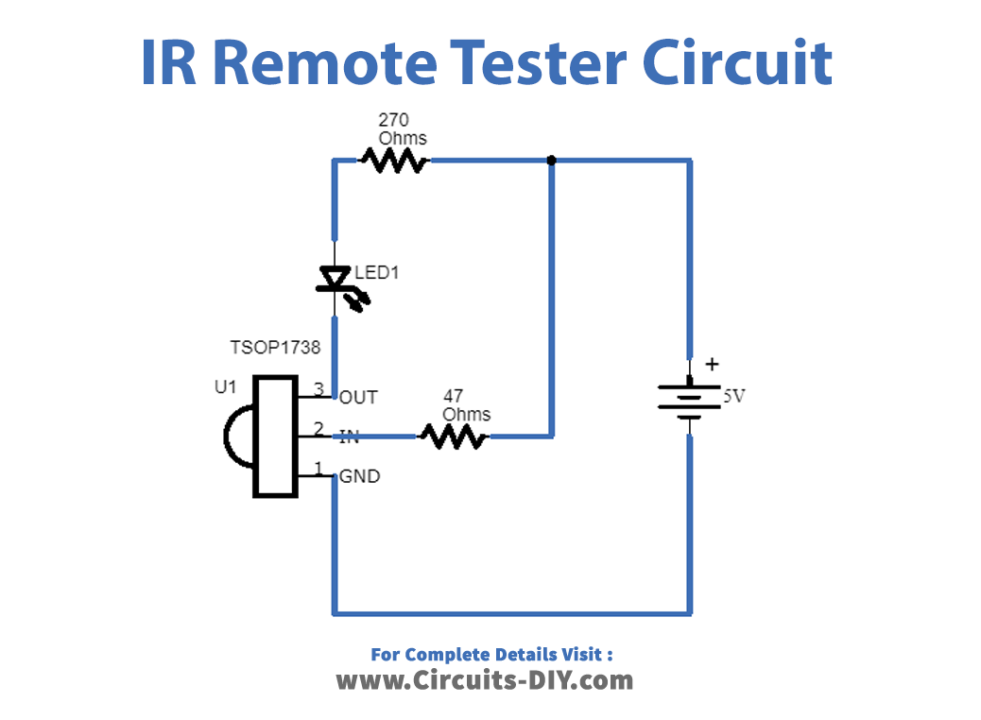
Working Explanation
Under this heading, we are going to discuss the circuit operation of the project “simple remote tester”. The working of the circuit is basic and components of the circuit are easily accessible in the electronic market. The IR sensor gets the IR signal from the remote control of the machine. After the signal is received, it is “demodulated” and intensifies by the inside hardware of the IR sensor.
The “TSOP1738” gives a high signal (Positive Output) in ordinary conditions (When IR isn’t recognized) and gives a low signal (Negative Output) when IR is identified. Thusly when it gets the IR signal, the LED will get initiated and in inverse conditions when the sensor doesn’t distinguish, the IR signal the LED will stay off or deactivated. The working voltage of the “simple remote tester” circuit is 5V DC Supply.
Applications and Uses
This basic remote tester circuit can be utilized to test any remote control used for electrical machines. For example
- DVD
- Music System
- TV and so forth.

